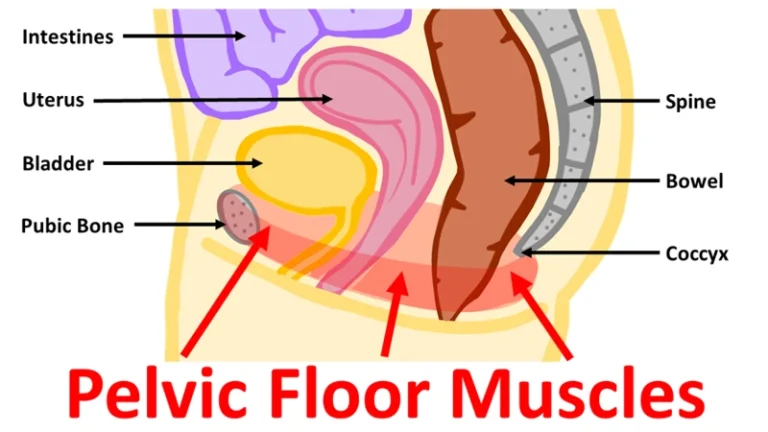Massaging the levator ani muscles can provide maximum relief and relaxation, and is a simple and effective way to improve your overall wellbeing. In this article, we will discuss how to massage the levator ani muscles for maximum relief and relaxation. We will discuss the benefits of massage for the levator ani muscles, the best massage techniques, and tips for getting the most out of your massage.
Contents
Anatomy of the Levator Ani Muscles
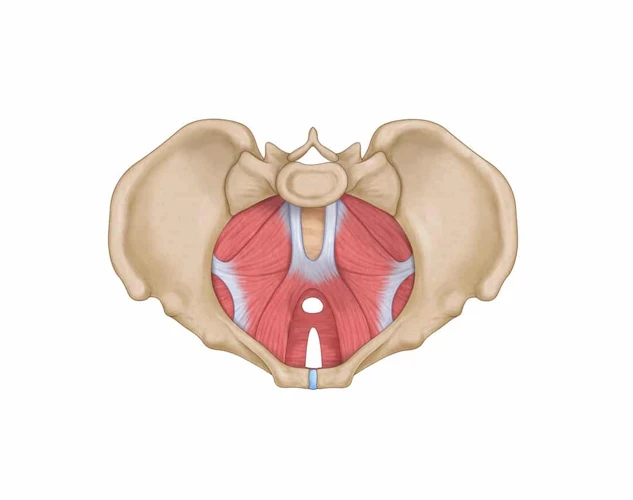
The levator ani muscles are a group of four muscles located in the pelvic floor. These muscles play an important role in controlling continence, supporting the pelvic organs, and maintaining posture. The levator ani muscles are comprised of the pubococcygeus, iliococcygeus, puborectalis, and iliorectalis.
Pubococcygeus: This muscle originates from the pubic bone and inserts onto the coccyx or tailbone. It acts to support the pelvic organs and maintain continence.
Iliococcygeus: This muscle originates from the ischium of the pelvis and inserts onto the coccyx. It acts to support the pelvic organs and maintain continence.
Puborectalis: This muscle originates from the pubic bone and inserts onto the rectum. It provides support for the pelvic organs and maintains continence by forming a sling around the rectum.
Iliorectalis: This muscle originates from the ischium and inserts onto the rectum. It provides support for the pelvic organs and maintains continence by forming a sling around the rectum.
| Muscle | Origin | Insertion | Function |
|---|---|---|---|
| Pubococcygeus | Pubic bone | Coccyx | Supports pelvic organs & maintains continence |
| Iliococcygeus | Ischium | Coccyx | Supports pelvic organs & maintains continence |
| Puborectalis | Pubic bone | Rectum | Supports pelvic organs & maintains continence |
| Iliorectalis | Ischium | Rectum | Supports pelvic organs & maintains continence |
The levator ani muscles are a complex network of muscles that are essential for maintaining continence and proper pelvic function. Massaging these muscles can help to relax and release tension, which can lead to improved continence, better posture, and overall relief.
Benefits of Massaging the Levator Ani Muscles
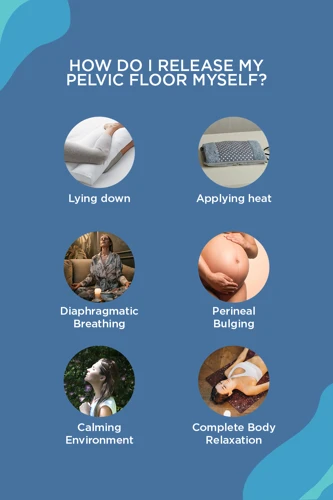
1. Improved Circulation: Massaging the levator ani muscles helps to stimulate the blood circulation, allowing for better nutrient delivery to the area and helping to reduce muscle tension.
2. Pain Relief: Massaging the levator ani muscles can help to reduce soreness and tension in the pelvic floor, relieving pain caused by chronic pelvic pain syndrome or musculoskeletal pain.
3. Stress Relief: Massaging the levator ani muscles can help to reduce stress and tension in the body, promoting relaxation and improving overall wellbeing.
4. Improved Bladder Control: Massaging the levator ani muscles can help to strengthen the pelvic floor, improving bladder control and reducing the risk of urinary incontinence.
5. Enhanced Sexual Pleasure: Massaging the levator ani muscles can help to increase sensitivity in the area and can lead to improved sexual pleasure.
6. Improved Posture: Massaging the levator ani muscles can help to improve posture by reducing tension in the pelvic floor and allowing for better muscle alignment.
Types of Massage Techniques

Manual Massage Techniques
Effleurage: Light, gliding strokes to the area of the levator ani to warm the muscles and increase circulation.
Friction: Gentle circular motions around the area of the levator ani to stimulate tissue and increase circulation.
Petrissage: Kneading, squeezing and rolling of the levator ani muscles to increase circulation and relax the muscle.
Mechanical Massage Techniques
Vibration: Using a vibrating device to relax the muscles in the area of the levator ani.
Heat Therapy: Applying a heat pad or hot water bottle to the area of the levator ani to help relax the muscles and increase circulation.
Cold Therapy: Applying a cold pack or ice to the area of the levator ani to reduce inflammation and pain.
Preparing for a Massage
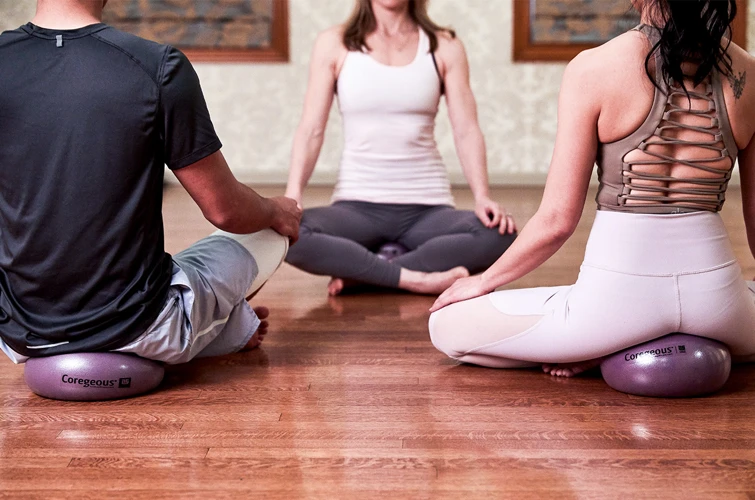
Before beginning a massage, it is important to prepare the body for the procedure. It is recommended to wear loose, comfortable clothing and keep the area to be massaged warm. It is important to ensure that the area is clean and free of any lotions, creams, or oils, as these can interfere with the massage. It is also important to ensure that the massage area is well-lit and that the massage table or surface is sturdy and comfortable. It is also important to make sure that any objects used during the massage, such as massage stones, are clean and free of bacteria.
To ensure maximum comfort and relaxation, it is important to ensure that the massage area is quiet and free from any distractions. Music or other background noise can help to create a soothing atmosphere and can also help to reduce stress. It is also important to ensure that the massage area is free of any pets or small children, as their presence can be distracting and can disrupt the massage process.
Steps for Massaging the Levator Ani Muscles
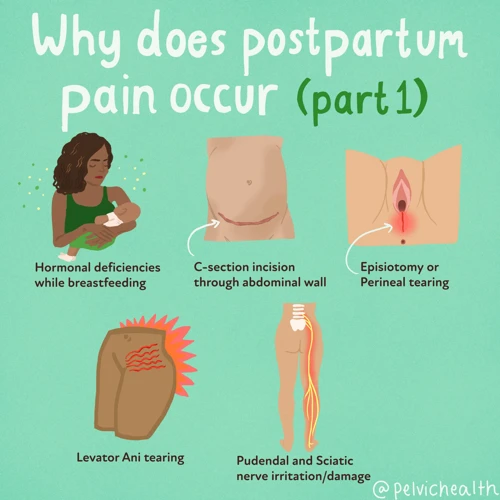
- Sit in a comfortable position and locate the Levator Ani muscles. This muscle group is found in the hip and pelvic region and is composed of four separate muscles. The primary muscles are the Iliococcygeus, the Pubococcygeus, the Puborectalis, and the Iliococcygeus.
- Place your hands on the muscles. Use gentle pressure to identify the muscles and the area of the body where they are located.
- Start the massage. Using your thumb, massage the muscles in a circular motion. Move slowly and carefully in order to ensure that the muscle fibers are being stimulated and relaxed.
- Focus on areas of tension. If you find areas of tension, focus on them and use a deeper pressure.
- Increase the pressure. As the massage progresses, increase the pressure. This will help to relax the muscles even further and help to release any knots or areas of tension.
- End the massage with gentle strokes. Once the massage is finished, use gentle strokes to bring the body back to a relaxed state.
The massage of the Levator Ani muscles can be a great way to reduce stress and tension in the body. Not only can it relax the muscles, but it can also help to reduce pain and soreness in the hip and pelvic region. With regular massage, it can help to improve overall health and wellbeing.
Aftercare for the Levator Ani Muscles
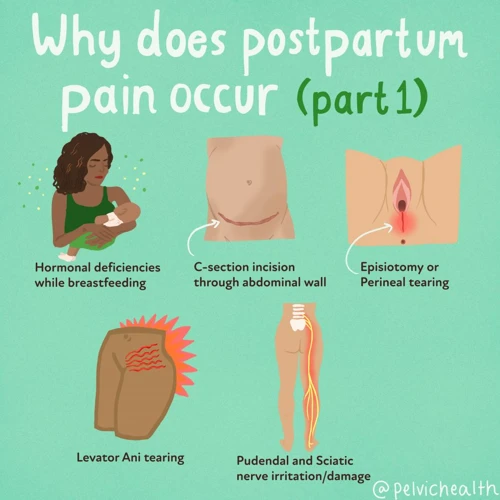
It is important to take special care after the massage of the Levator Ani muscles.
- Avoid strenuous activities such as running or lifting weights for at least 24 hours after the massage.
- Drink plenty of water to flush out the toxins released during the massage.
- Apply a cold compress to the area to reduce inflammation and soreness.
- Take a warm bath to help relax the muscles.
- Take an over-the-counter anti-inflammatory medication if necessary.
- Avoid alcohol, cigarettes, and caffeine for at least 24 hours after the massage.
- Get plenty of rest and avoid stress.
- Schedule regular massage sessions for maintenance and relaxation.
Precautions for Massaging the Levator Ani Muscles
Be Gentle: Massaging the levator ani muscles can be a powerful and healing experience, but it’s important to be very gentle. Avoid using too much pressure, as this can lead to pain and discomfort.
Use Lubrication: When massaging the levator ani muscles, it’s important to use lubrication. This will help to reduce friction and make the massage more comfortable.
Be Aware of Pressure Points: There are many pressure points throughout the body, including the levator ani muscles. When massaging these muscles, it’s important to be aware of the pressure points and work around them.
Stop if Pain or Discomfort is Experienced: If there is any pain or discomfort experienced during the massage, it’s important to stop immediately. Continuing the massage may cause further damage.
Seek Professional Help: If you are unsure about how to massage the levator ani muscles, it’s best to seek professional help. A qualified massage therapist will be able to provide the best advice and guidance.
Frequently Asked Questions
What is the Best Way to Access the Levator Ani Muscles for Massage?
Palpation: Palpation is the best and most direct way to access the levator ani muscles for massage. It involves feeling for the different muscle fibers of the levator ani muscles using your hands. This can be done in a variety of ways, such as using a circular massage technique and a linear massage technique.
Pressure Point Massage: Pressure point massage is also a great way to access the levator ani muscles. This involves using your fingertips to locate and apply pressure to specific trigger points on the muscles. This type of massage can help to reduce pain and increase relaxation.
Myofascial Release Techniques: Myofascial release techniques can be used to access the levator ani muscles for massage. These techniques involve applying gentle pressure to the muscles in order to release tension and reduce pain.
Stretching: Stretching is another way to access the levator ani muscles for massage. This can be done by gently stretching the muscles in order to increase flexibility and reduce pain.
Ultrasound: Ultrasound is also a great way to access the levator ani muscles. Ultrasound waves are used to penetrate the muscles and can be used to improve circulation, reduce inflammation, and reduce muscle spasms.
What are the Benefits of Massaging the Levator Ani Muscles?
- Relaxation: Massaging the levator ani muscles can help relax the entire pelvic area, relieving tension and stress.
- Pain Relief: Massaging the levator ani muscles can help reduce pain in the lower back, abdomen, and pelvic area.
- Improved Circulation: Massaging the levator ani muscles can help improve circulation throughout the pelvic area, providing a greater range of motion and flexibility.
- Better Pelvic Floor Function: Massaging the levator ani muscles can help strengthen the pelvic floor, allowing for better control of bladder and bowel function.
- Improved Sexual Function: Massaging the levator ani muscles can help improve sexual function, allowing for better sensation and pleasure.
What are the Potential Risks of Massaging the Levator Ani Muscles?
- Injury: Massaging the levator ani muscles can cause strain, inflammation, or even tearing of the muscle fibers if done with too much pressure.
- Infection: Unsterilized tools or massage techniques can cause infections in the area.
- Nerve Damage: Massaging the levator ani muscles with too much force can cause nerve damage and numbness in the area.
- Allergic Reaction: Massaging the levator ani muscles with certain oils or lotions can cause an allergic reaction in some people.
How Often Should I Massage the Levator Ani Muscles?
The frequency of massage sessions to the levator ani muscles depends on the severity of the muscle tension and the individual’s needs. Generally, a weekly massage session is recommended to achieve optimal relaxation and relief from muscle tension. However, some people may require more frequent massage sessions, depending on the severity of their condition. Additionally, muscle tension can be managed with regular stretching and exercises, which should be done in between massage sessions.
Is it Possible to Massage the Levator Ani Muscles on My Own?
Yes, it is possible to massage the levator ani muscles on your own. Self-massage is a great way to reduce tension and relax the muscles. To do this, use your fingertips to gently massage the area around the levator ani muscles. Start at the base of your spine and move up towards your hips, applying even pressure. You can also perform trigger point massage, which involves applying pressure to specific points in the muscle. This can help to release tension in the muscle.
Conclusion
Massaging the levator ani muscles can be an effective way to relieve tension and promote relaxation. When massage is performed correctly, it can help to reduce stress, improve circulation, and reduce muscle tension. Be sure to use gentle, slow movements when massaging the levator ani muscles and to be mindful of any discomfort. With regular massage, these muscles can remain healthy and relaxed.

